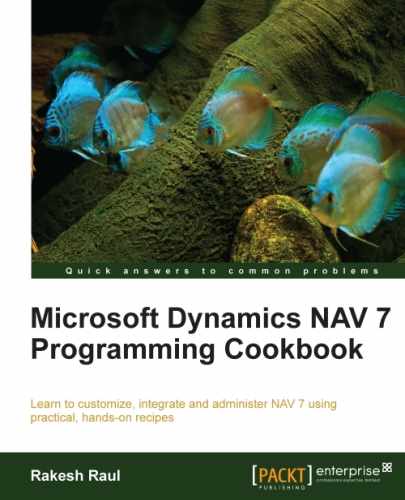In this chapter, we will cover the following recipes:
- Creating a NAV Server Instance
- Configuring NAS to run Job Queue
- Creating a user on NAV
- Changing the NAV license
- Creating a new database
- Testing the NAV database
The old NAV versions were based on two-tier architecture; that means client executable is directly talking to relational database management system (RDBMS) whereas NAV's current version is based on three tiers. In addition to client executable and RDBMS, we have one more tier, that is, Microsoft Dynamics NAV Server. This tier works as a middleman between the client and RDBMS. With this new tier, Microsoft has not only allowed us to distribute the user on multiple services for load management, but also opened a new way of integration, which even takes care of NAV business logic. With these advantages, we also have new responsibilities of implementing and maintaining the server tier.
The two-tier and three-tier architectures are shown in the following diagram:

Administering NAV Server, creating and managing users and their permissions, and managing the license, database, and companies, are all done by the NAV administrator. Microsoft has provided different tools for all these administrative tasks.
In this chapter, we will look at six simple recipes to carry out these administrative tasks.
